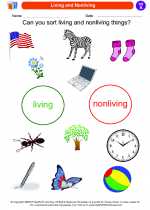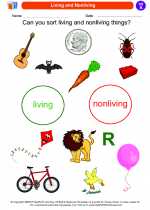Genetics
Genetics is the branch of biology that studies how traits are passed from parents to offspring. It involves the study of genes, heredity, and variation in living organisms.
Key Concepts in Genetics
- Genes: Genes are units of heredity that are passed from parents to offspring. They are composed of DNA and determine specific traits in an organism.
- Heredity: Heredity is the process by which traits are passed from parents to offspring. It is controlled by genes and plays a crucial role in the transmission of traits in populations.
- Chromosomes: Chromosomes are thread-like structures located in the nucleus of cells. They carry genetic information in the form of genes and are essential for cell division and the transmission of genetic material.
- Alleles: Alleles are different forms of a gene that can occupy the same position on a chromosome. They can determine variations in traits and are inherited from each parent.
- Genotype and Phenotype: The genotype refers to the genetic makeup of an organism, while the phenotype refers to the physical expression of the genotype. Both genotype and phenotype play a crucial role in determining an organism's traits.
Study Guide
Here are some key topics to focus on when studying genetics:
- Understanding the structure and function of genes
- Exploring patterns of inheritance
- Learning about genetic variation and its importance in evolution
- Studying genetic disorders and their causes
- Exploring the role of genetics in biotechnology and agriculture
Additionally, it is important to familiarize yourself with genetic terminology, such as homozygous, heterozygous, dominant, recessive, and genetic mutations.
Hands-on activities, such as Punnett squares and genetic simulations, can also help reinforce key genetic concepts.
Remember to seek clarification on any concepts that may be challenging and to practice applying genetic principles to real-world scenarios.
By mastering the fundamentals of genetics, you'll gain valuable insights into the inheritance of traits and the diversity of living organisms.
.

